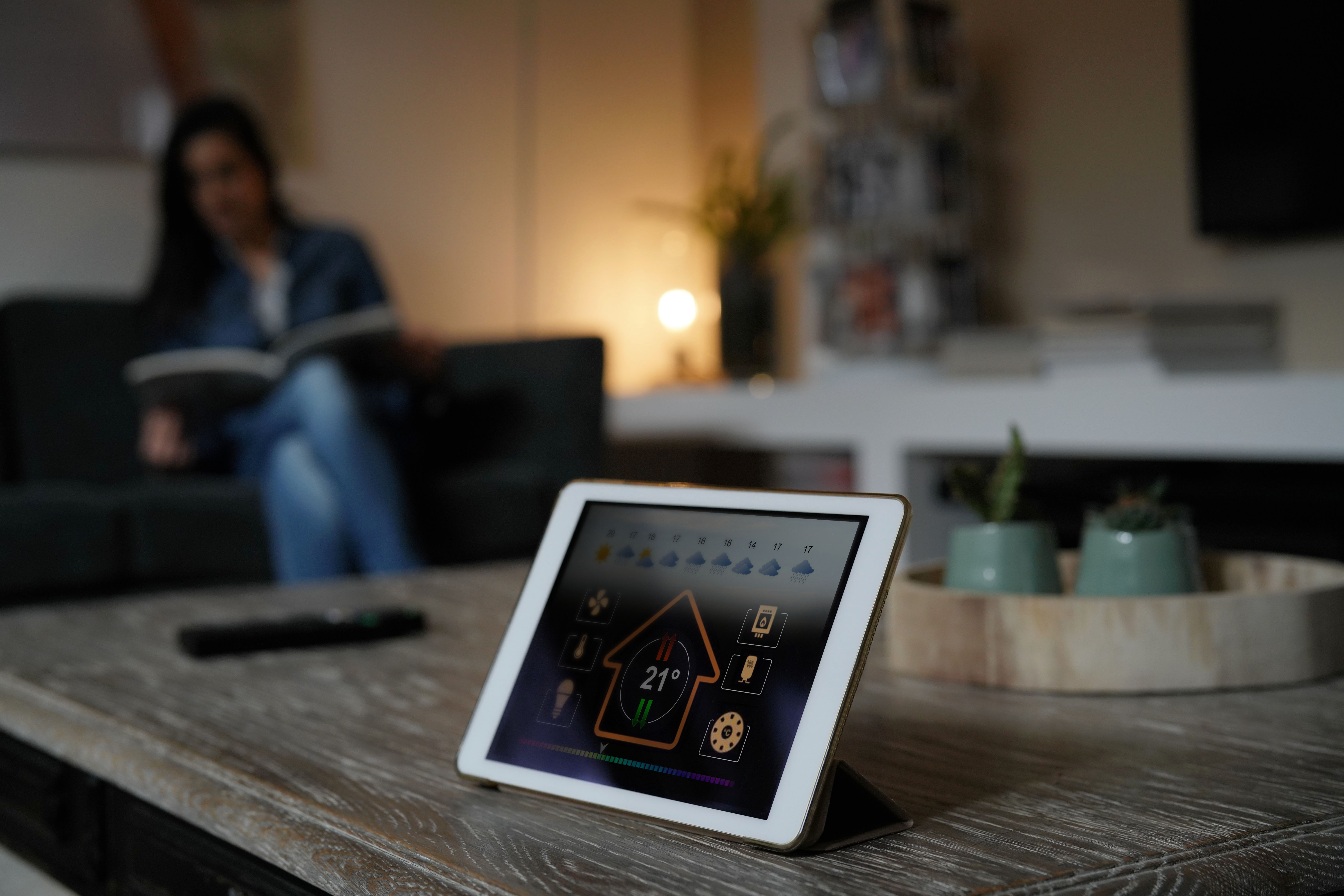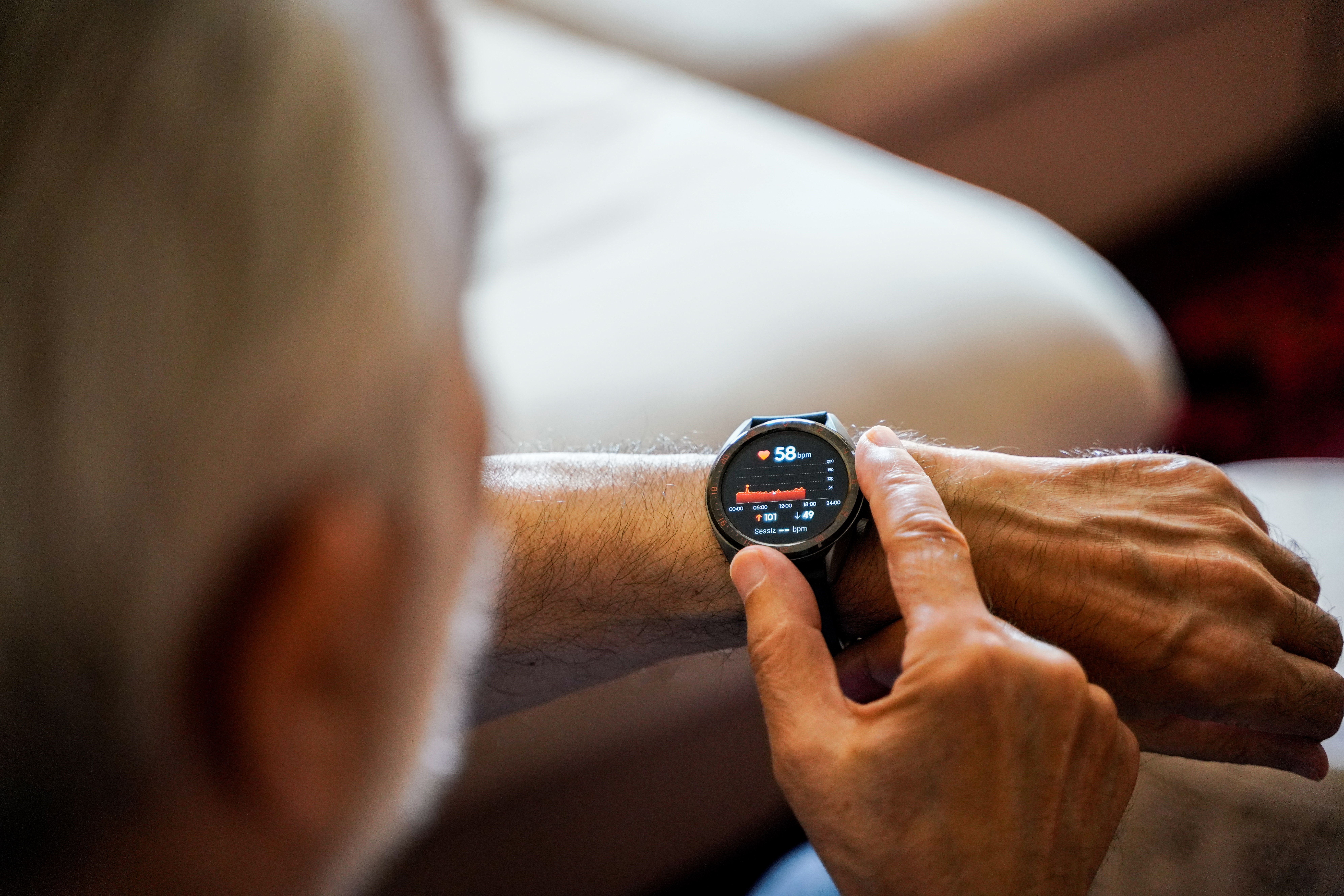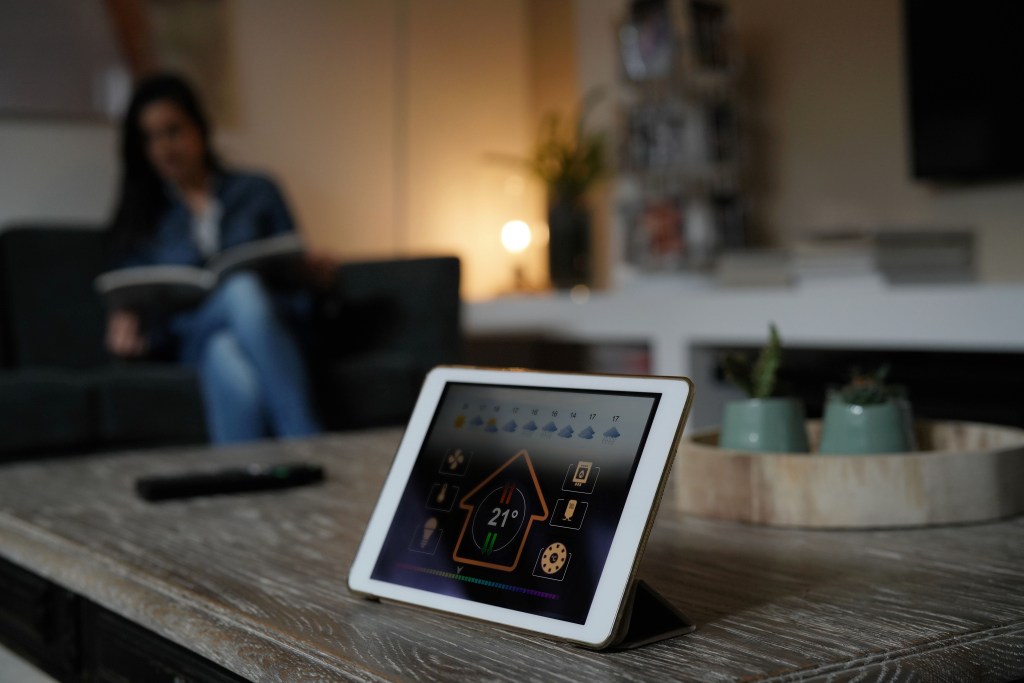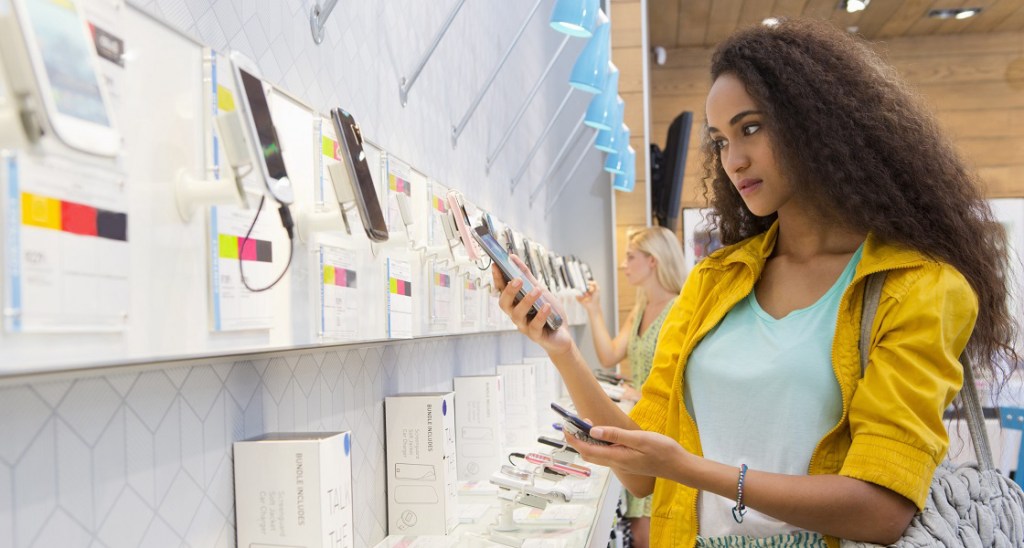The smart home devices sector boomed in the second half of 2020 as consumers settled into life at home, focusing on purchases that made their extended time at home convenient, comfortable, and enjoyable. Here we explore the smart home devices trends that will shape the sector over the coming years.
Pre-2020, growth rates in smart home devices had started to slow following several years of strong growth fueled by early adopters, particularly in categories such as smart speakers, according to our Smart Home Devices Trends Research.
In 2019, businesses in the sector were starting to grapple with attracting mainstream consumers who were looking beyond product ‘coolness’ and towards the simplicity and functionality of the services smart home devices can provide. In the same year, we forecasted the market for smart devices, excluding phones and watches, would grow globally by 9% to reach €133bn.
With the early months of the pandemic leading to a pause in spending, people focused on purchasing items based on “immediate needs” such as food and basic FMCG goods rather than those based on “wants”, with overall retail spending recording a 23% year-on-year drop in the UK in April 2020.
The home appliance industry also faced product shortages as online retailers focused their attention on ensuring that people could get access to essential items while managing the safety of staff along the supply chain.
Smart home devices trends and market accelerations
As the pandemic progressed, there was a surge in smart sales growth based on smart home devices trends such as consumers looking for ways to make their homes more comfortable, more secure and more entertaining. Within the EU7, people purchased $28bn worth of smart home devices in 2020 – an increase of 24% on the previous year.
Smart technology sales also grew at a faster rate than the overall technology sector, with a 22% sales uplift in the UK, against 7% of the technical consumer goods category overall, growing at around three times the rate of the overall durables market.
As consumers continue to lead lives that are closer to home, the opportunity for smart home devices is vast – yet will only be allowed to flourish if operators in this space are able to meet consumer concerns around privacy and price. Other smart home devices trends point towards the need to tackle broader market issues around ongoing global chip shortages and shipping backlogs that are making popular items less available – a situation that is likely to continue for the remainder of the year.
Smart home devices trends for supporting consumers’ home entertainment
Another smart home devices trend is the rise in entertainment and office spending, which accounted for the largest proportion of smart home device purchases – 66.4% of the US$28bn spent in the EU7, growing 19% year-on-year.
Consumers shopping in the smart home category were particularly driven to purchase because they couldn’t get out to watch films. There’s been quite a big increase in awareness among consumers around smart TV capabilities. Suddenly people were really making use of [the smart] functionality many of them already had for the past five years.
People reported using their streaming services to cheer themselves up during the pandemic with over half the UK population watching comedy shows to help keep up their spirits and 49% of those surveyed saying that comedy was their favorite type of program to watch. This smart home devices trend looks here to stay.
Our research suggests that smart speaker purchases were boosted by the enforced isolation of lockdowns with people looking for instant access to the latest news as well as enjoying the experience of having something to talk to that talks back. Almost 30% of UK consumers surveyed in 2020 said they now have smart speakers – a number that has risen five-fold in the last four years and has risen to 38% in 2021.

Smart home devices trends for consumers’ health and wellness
The pandemic has seen another smart home devices trend emerge where consumers have felt an increased desire to take more control over their health, leading to growth in interest in technology that helps to maintain optimum physical and mental health, with health and fitness apps recording 30% growth in 2020.
This behavior shift is happening alongside the smart home devices trend of continued innovation and adoption of health and wellness wearable technology. New sleep monitors, connected metabolism trackers and socks that monitor a baby’s vital signs are among new products that have been launched during the last eighteen months.
As products such as these continue to launch, smart home devices will shift from smart to intelligent, with tools giving the consumer insight into how the information they’re being presented with can lead to positive outcomes.
Wellness tracking companies like Whoop and Oura are doing just that. Data is collected from wearables, analyzed, and used to provide recommendations – via an app – as to what kinds of exercise the wearer should do that day.

Accessing these more personal spaces requires increased consumer trust that data will be protected well and used responsibly. According to our research, concern around privacy is the number one barrier globally when it comes to voice assistant technology and smart speakers, and is the number two concern (after cost) for smart home appliances, as well as smart security and lighting products.
Following media coverage of hackers breaching home security cameras, or that smart speakers could be recording private conversations in the home, smart home devices trends show it’s essential for brands to go the extra mile to safeguard digital privacy. This will require them to be transparent about how data is collected, while also demonstrating how they safeguard the security of their customers.
“As smart home devices become more integrated into people’s lives, companies will also have to work to ensure that devices work seamlessly together to provide a positive user experience,” says Nevin Francis, GfK’s expert on technical consumer goods – something that early adopters are already calling for. This will require increased collaboration between companies to ensure interoperability, which will deliver a positive user experience and encourage mainstream adoption.
Stay on top of smart home devices trends
FAQs
What is SMART technology?
Smart devices are those that connect to other devices and are controlled through voice or other tools like a smartphone that allows them to operate interactively and autonomously.
How does SMART technology work?
Smart technology uses a variety of wireless protocols such as Bluetooth, NFC, Wi-Fi and 5G.
What are the main benefits of SMART technology?
Smart technology allows people to streamline their lives and make them more comfortable, giving them the ability to control devices by voice, monitor their homes for security, or by giving them broader access to entertainment services.
What are the latest advances in SMART technology?
Interactive robot assistants are advancing and in the coming years, they will become an integral part of people’s day-to-day lives. They will be able to perform common household chores, manage connected devices, ensure home security and make people’s lives more efficient. Smart toilets will allow people to monitor for viruses, diseases, and vitamin deficiencies.
What are the most popular SMART products?
The smart technology products that show the biggest growth in popularity among consumers are:
- Smart TVs +58% growth
- Smart Speakers +39% growth
- Smart fitness and activity trackers + 24% growth




